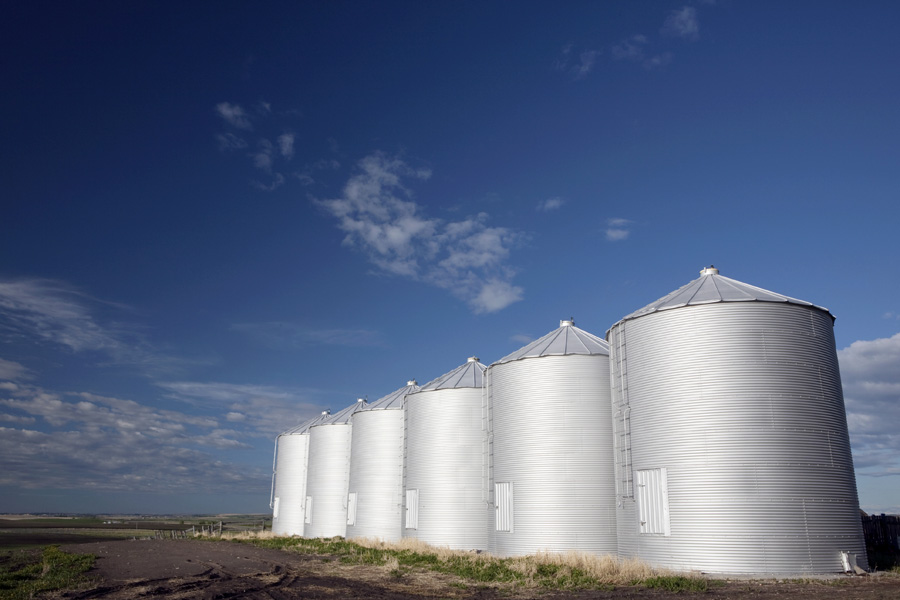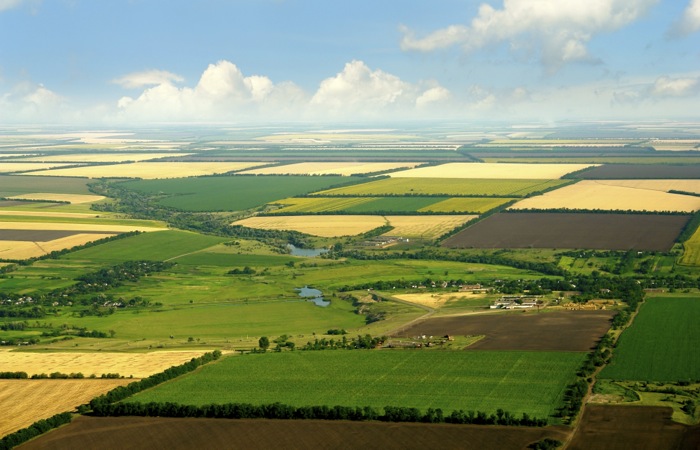With millions of acres unseeded this year, some unusual strains have been placed upon the relationship between landowners and renters.
Most Saskatchewan grain farms are a combination of owned land and rented land. Rented acres are a big percentage of the overall land base.
Some renters with unseeded land are asking for a break on their cash rents. A few are saying they can’t afford to pay the rent, while others believe they shouldn’t have to pay because the land wasn’t seeded. This is a prime example of why contracts should be written and not verbal.
Read Also

Canada’s Grocery Code of Conduct just window dressing
The voluntary nature of Canada’s Grocery Code of Conduct robs it of effectiveness and won’t result in the food system accountability that’s needed.
Most cash rental contracts stipulate a payment per cultivated acre, which means the payment to the landowner should be made whether or not the land was seeded.
In a few cases, contracts stipulate a payment per seeded acre. In these contracts, the landlord is taking the risk of unseeded land.
We all have a tendency to discount the possibility of unusual circumstances. Saskatchewan has never had such a large area that couldn’t be seeded. You can bet that more land rental contracts in the future will contain provisions to account for this kind of disaster.
If the renter and landowner want to share risk and rewards, they can develop a crop share type of lease. These remain quite common.
However, in cash rental agreements, the renter is taking all the risk. Unless there are provisions to the contrary, the landowner is to be paid the stipulated rent whether there is a good crop or bad crop or no crop.
Beyond the legality, is there a moral imperative for landowners to help out renters? Some observers say yes, while others bristle at this suggestion. After all, it was a contract entered into willingly by both parties. Agriculture is a business and should be treated that way.
Plus, farmers with unseeded land will still receive some income. They are eligible for a $30-an-acre government payment and most will get an Unseeded Acreage Payment from crop insurance that will total $30 to $40 an acre.
From this $60 or $70 an acre, they will need to pay weed control costs for the year, but their other expenses will be limited. In some cases though, the land was fertilized or herbicides were applied and these inputs will be lost.
On top of this, on rented land, the cash rent may be anywhere from $25 to $55 an acre. After all the expenses, there will be little or nothing to pay fixed costs and living expenses.
The big unknown is support from AgriStability. Many grain producers have had some profitable years and have built up a strong reference margin. They will end up with a sizable payment from AgriStability.
Other producers will see limited support from AgriStability. For instance, many producers who also raise cattle have seen the cattle side of their operation drag down their reference margin.
In some instances, landlords will no doubt provide renters with a break. In multi-year deals, the landlord might provide a break this year in return for additional benefits in subsequent years.
Renting land isn’t always an arm’s length business consideration. Often the renter is a family member. In other cases, the renter has been farming the land for a long time.
In a few cases, renters have paid bonuses to their landlords after really profitable years. This wasn’t required by the agreement, but it was a gesture that may now be reciprocated by the landlord in this washout year.
Kevin Hursh is a consulting agrologist and farmer based in
Saskatoon. He can be reached at [email protected].


















